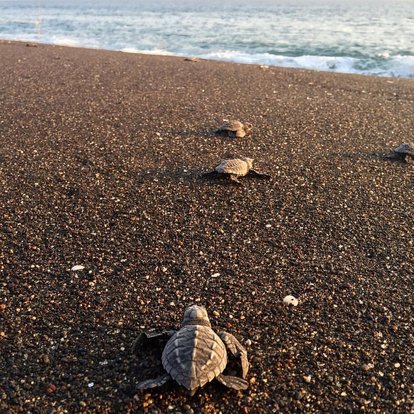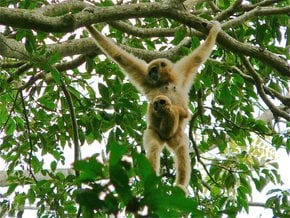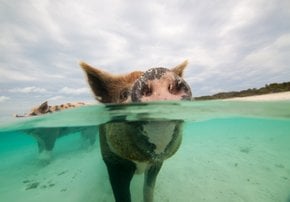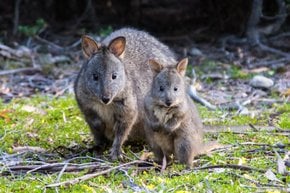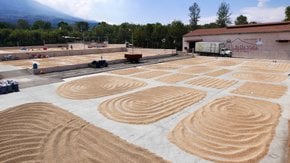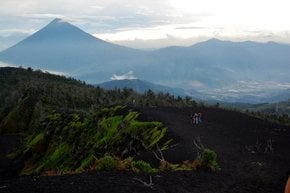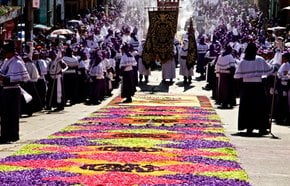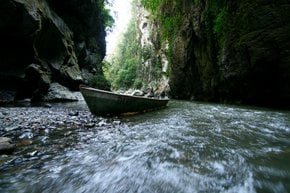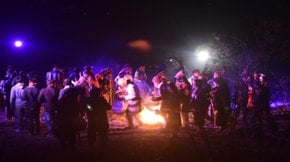Speedy Turtles in Guatemala 2025-2026
Watching recently-hatched baby turtles "rushing" towards the sea is adorable and affordable for everyone
Best time: September–February
The southern coastline of Guatemala is home to three turtle species: Green sea turtles, Olive Ridley, and the rare Leatherback. Caring mothers choose the beautiful black sand beaches of Monterrico to lay the eggs. Every night between July and December these amusing creatures secretly come out of the sea and hastily bury their precious eggs in the holes dug out in the sand. However, the eggs hidden in seemingly safe desolate beaches still need protection from poachers that always nose about in search of a profitable capture.
The eggs of Green sea and Olive Ridley turtles start hatching in 50 days, whereas baby leatherbacks need 22 days more to see the world. The newly-hatched turtles rush madly to the sea so that they don't get caught by some seabird or another marine predator. It is sad to admit, but only 1% of baby turtles manage to reach maturity.
The CECON organization protects wild turtles of Guatemala, and from September to February they offer a unique afternoon "turtle race"—you may release your own turtle stored in a tank during the day and watch it race to the water. Such an amusing experience is available for only 10 Guatemalan Quetzals, which is a little more than $1. Night access to the beach to spy on the mother turtles laying eggs costs nearly $3, and an on-site tour is available for around $5.


